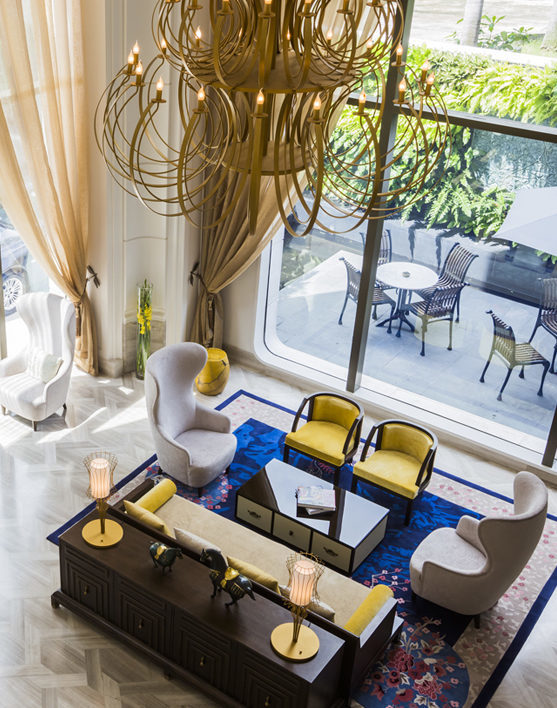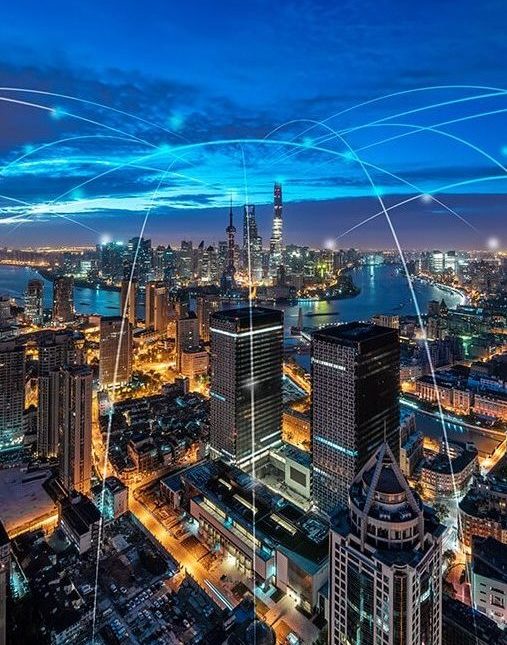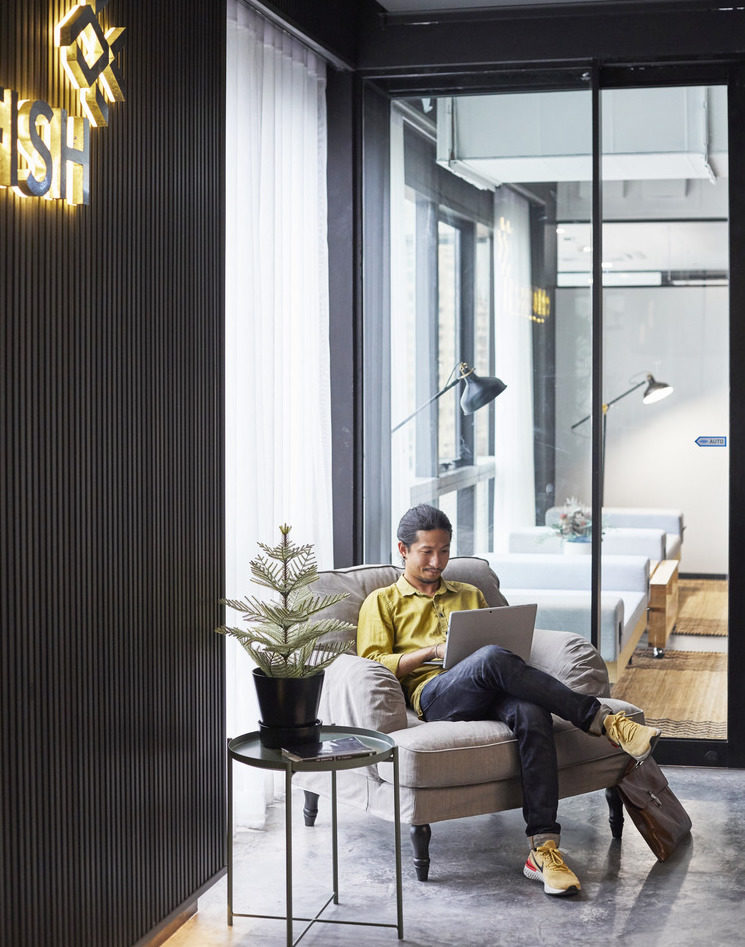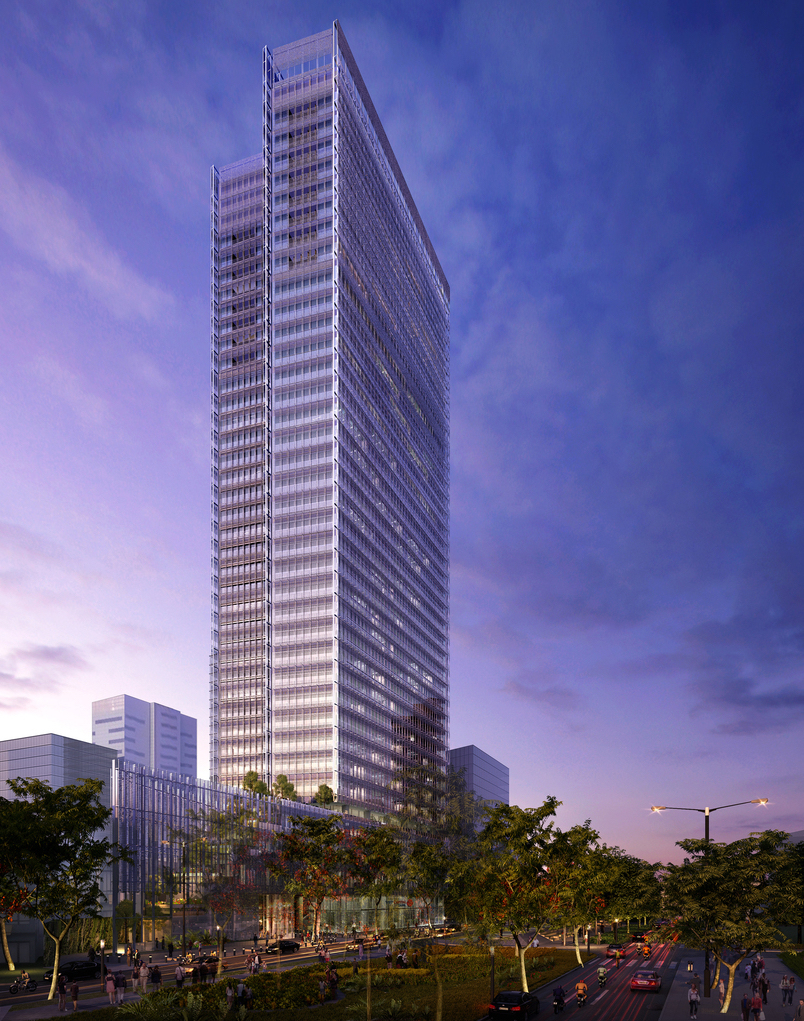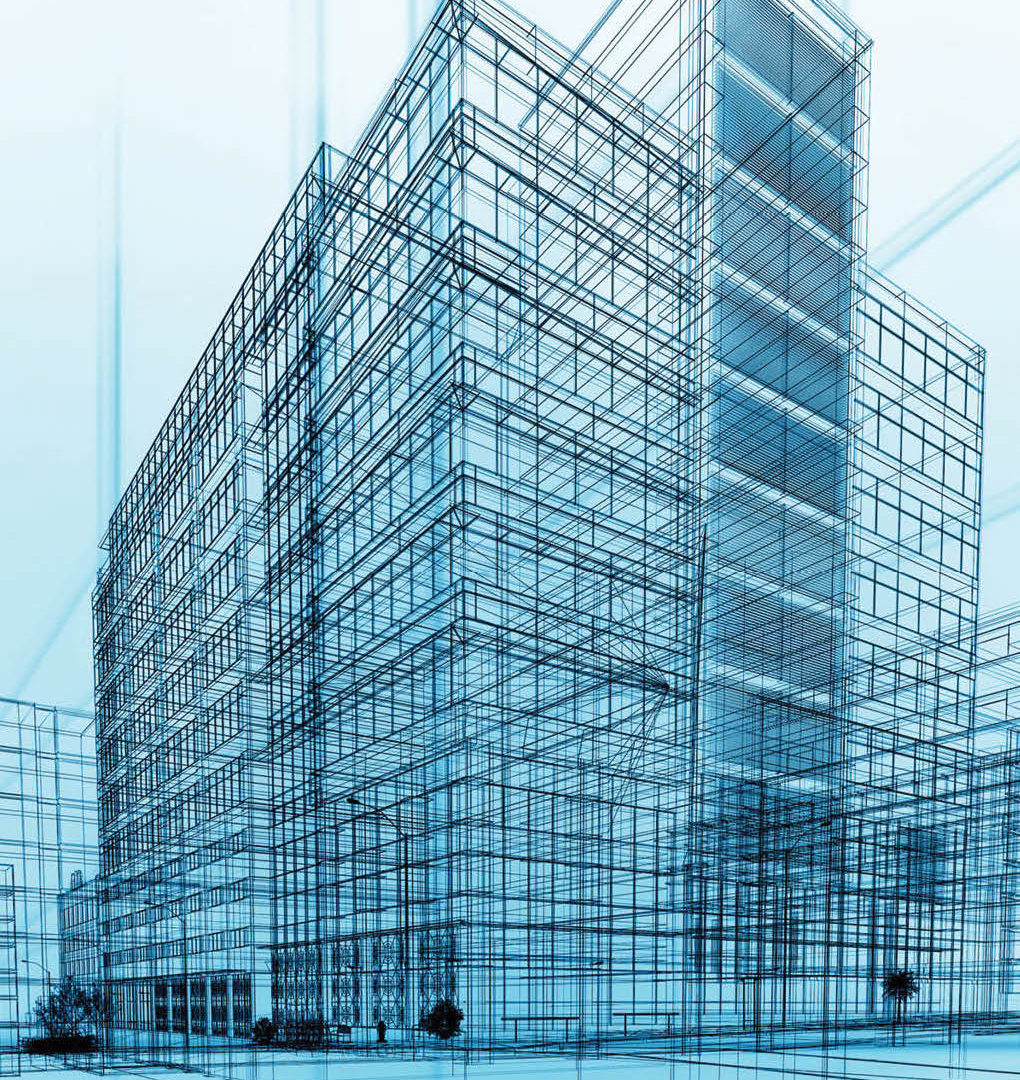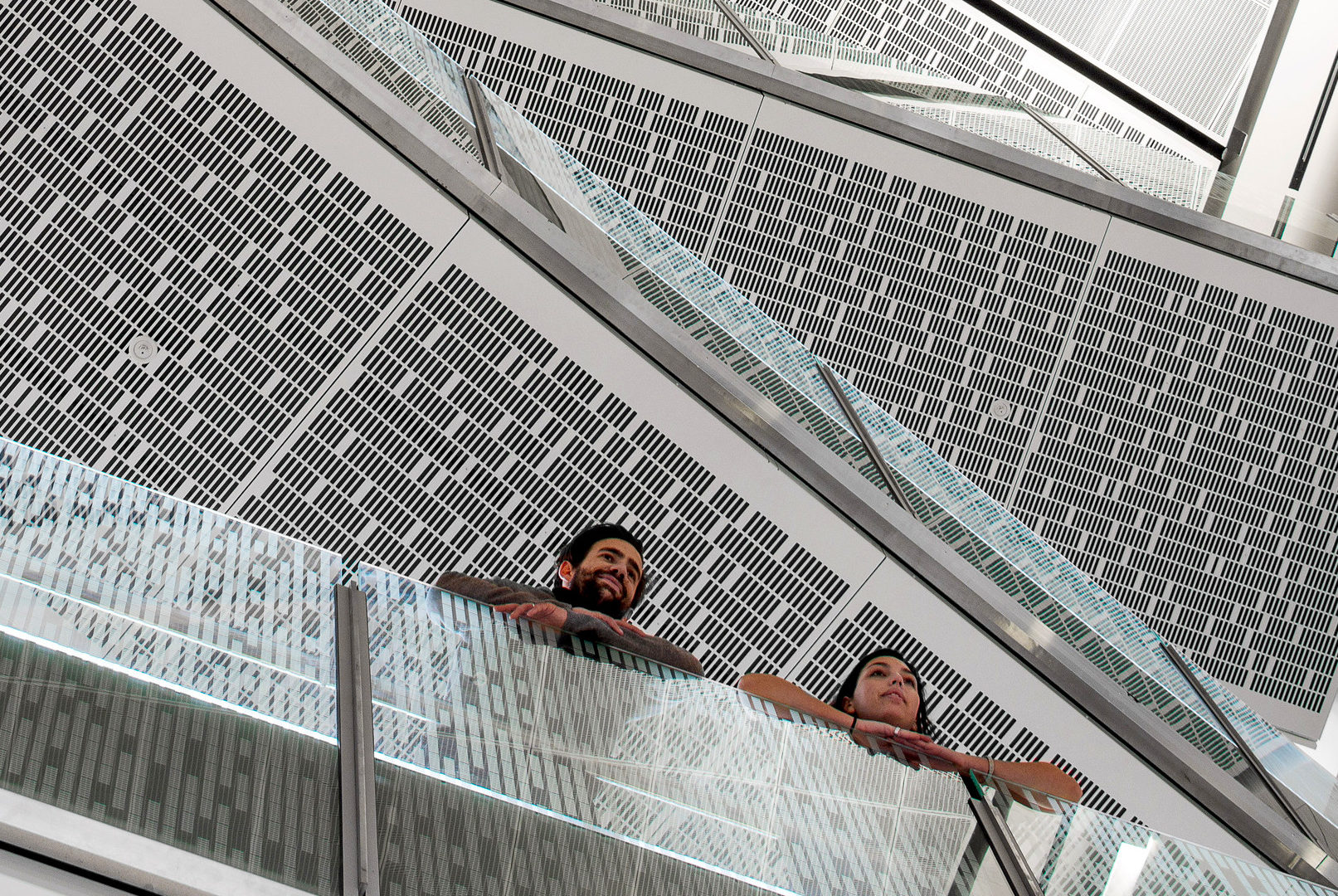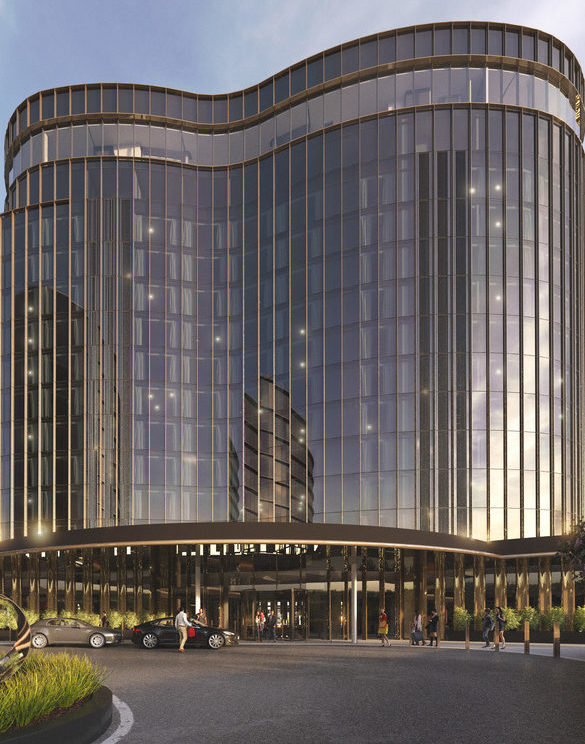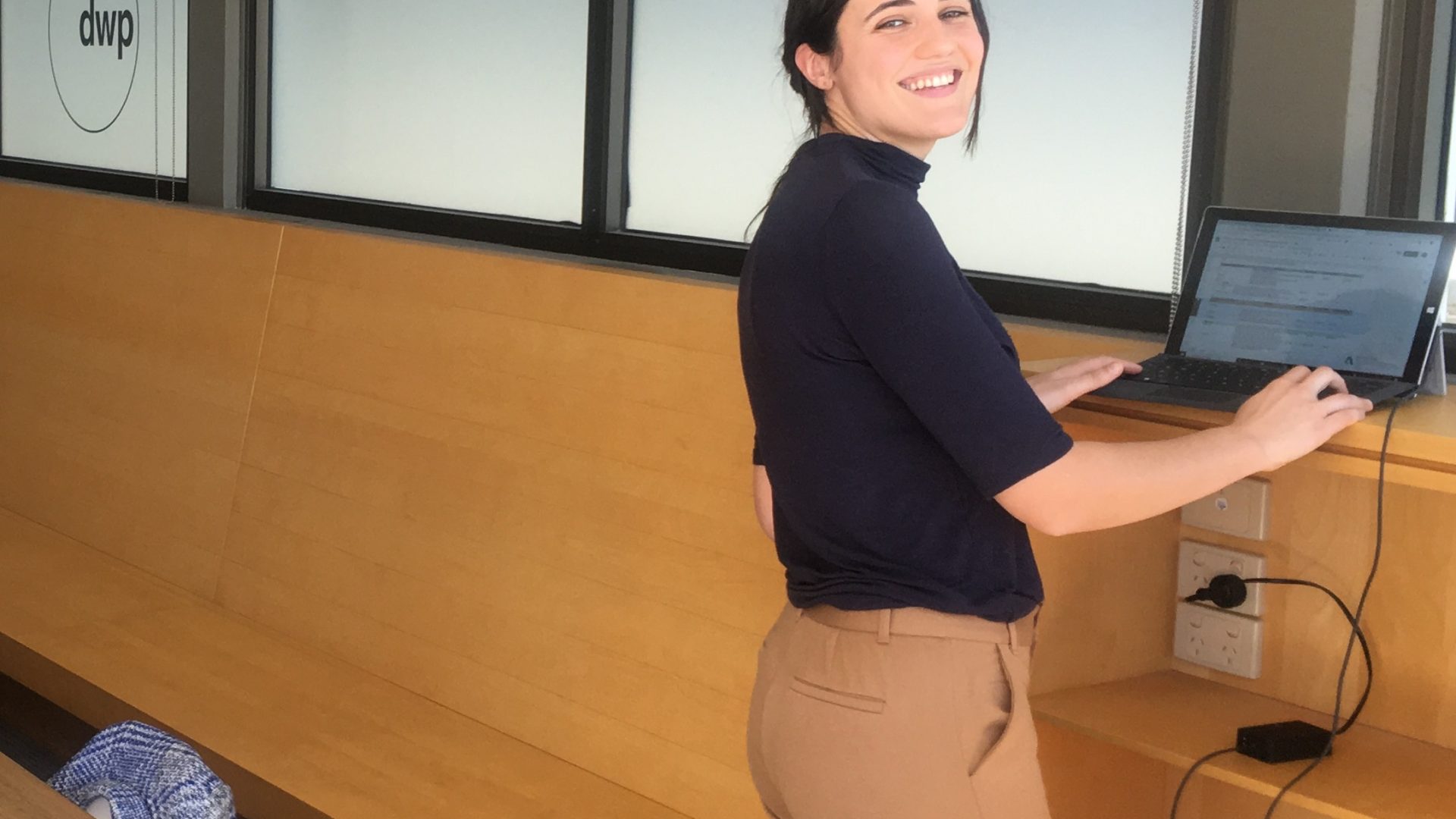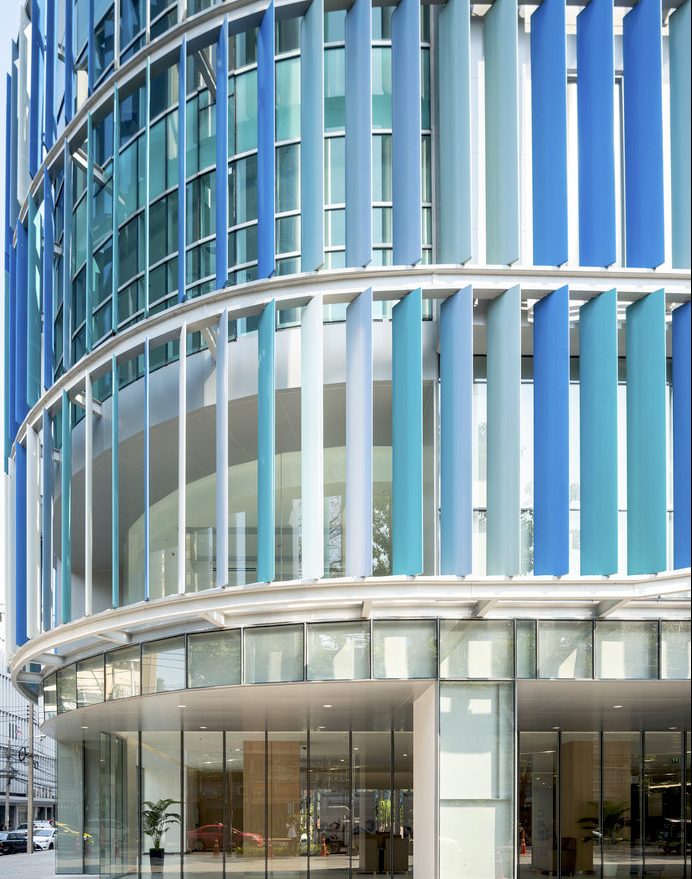The Intelligent Pursuit of Luxury: Insights from dwp.Dialogue Dubai
The definition of luxury has shifted from tangible assets to intangible, tailored experiences. This change formed the central theme of the recent dwp.Dialogue in Dubai, which convened industry figures to examine the future of design at the upper end of the market. The consensus: luxury is now measured by seamless intelligence, emotional connection and cultural resonance.
Vikita Shahani, Director of Strategy and Innovation at Love That Design Design, moderated the conversation, guiding the dialogue while introducing industry context that shaped the discussion.
Simplicity and Time
Intelligent luxury is defined by simplicity and time. Scott Whittaker, Group Creative Director and Founder at dwp, argued that technology must serve the experience rather than interrupt it, stating that digital intelligence must “disappear.” This allows occupants to reclaim their most valuable asset: time.
Adriana Graur, Design Director at dwp, noted that well-executed design is measured by “the time that you’re offering to yourself or your family,” whether through optimised building systems or considered ergonomic planning. This foundation—from appropriate lighting and acoustics to fluid functionality—forms the core of seamless living.
The Human Element
Sonia Ashoor, Principal at SACD, described the resistance to generic luxury as “cultural confidence,” grounding design in authenticity and depth that transcends temporary trends.
Cynthia Khoury, Founder and Art Director at ARTC, noted that as technology advances, demand for human touch intensifies. “I don’t see AI replacing us when it comes to feeling, that’s for sure.” Art and craftsmanship provide the emotional dimension that intelligent systems cannot replicate. The most developed spaces combine human craft with invisible technology.
The dialogue captured these ideas in practice, as panelists exchanged perspectives on designing spaces that embody intelligence, emotion and cultural depth.
Moderator: Luxury design is undergoing a transformation. The market now demands something experiential and technologically integrated, rather than purely visual. How do we design spaces that become intelligently luxurious?
Adriana Graur: It begins with conversation—like any meaningful relationship. In residential design particularly, you need to understand both the individual client and the regional context. Emotional intelligence in a space means responding to their specific needs. When everything from spatial planning to air quality is properly executed, even modest spaces feel exceptional. True luxury, I would argue, is time—using technology to streamline daily routines so people have more hours for themselves and their families.
Sonia Ashoor: The concept of luxury has shifted considerably in this region. Where an earlier generation equated luxury with abundance, younger clients understand it as essence and depth. Luxury here is increasingly defined by cultural confidence and authenticity. To achieve longevity, design must be grounded in cultural language with refinement and restraint, resisting temporary trends.
Scott Whittaker: True luxury begins with faultless functionality. The bathroom, the kitchen, the sofa—every dimension and proportion must be correct. When you use a space repeatedly and appreciate it because it works, that forms the foundation. Only then do you introduce the aesthetic layer and cultural connection. A restaurant may be beautiful, but if the music is too loud or the chair sits at the wrong height, it fails the basic test of luxury.
Cynthia Khoury: As an art director, I work with a purely emotional medium. Each person experiences an artwork differently. For large-scale luxury projects, art curation centres on a narrative embedded in location, culture and community. You succeed when visitors carry that connection with them long after departure. That lasting impression defines luxury for me.
Craft and the Cultured Interior
Moderator:Global expectations of luxury must coexist with deeply personal and culturally authentic design. How do you balance these demands?
Cynthia Khoury: Personalisation and customisation represent luxury. In an age saturated with information, people want to be addressed directly. They value the human element—knowing an 80-year-old artisan crafted something by hand. Customisation and luxury are intertwined; the human factor adds value that artificial intelligence cannot replicate.
Sonia Ashoor: In the Gulf, the younger generation already inhabits this hybrid reality. They maintain exceptionally high aesthetic standards while remaining deeply rooted in tradition. They expect the essence of luxury—meaning and depth—combined with their cultural identity.
Moderator: How can cultural storytelling move beyond visual layering to engage multiple senses?
Sonia Ashoor: It requires purpose. Consider the UNESCO headquarters we designed in Bahrain. We translated the spectrogram of a pearling song—a piece of intangible heritage—into the building’s façade fins. During daylight, shadows create patterns; at night, the façade responds in real-time to music. This represents a different approach than simply applying cultural motifs. It emerges from thorough research and genuine engagement with the subject. Design needs to rediscover that sense of purpose. The Taj Mahal changes colour with light, reflecting what Emperor Shah Jahan described as the ‘swinging moods’ of his wife—a space that tells a story like that becomes unforgettable.
The Invisible Intelligence
Moderator: We operate in an increasingly technological era. How do we integrate emerging technologies like artificial intelligence to enhance luxury without overwhelming the human element or compromising timeless principles?
Scott Whittaker: Through simplicity. Technology must become invisible. True luxury arrives when technology works so seamlessly we forget it exists. We can return to living simply, enjoying functional, beautiful spaces, without the constant friction of systems that don’t quite perform.
Adriana Graur: Exactly. Seamless integration is key. AI—whether a smart thermostat or navigation application that saves time in traffic—should support quality of life. It reduces meaningless tasks, allowing focus on what matters. The future represents a return to simpler pleasures, supported by technology that feels invisible.
Scott Whittaker: We spend considerable time on irrelevant, time-consuming tasks. AI can remove those meaningless processes, allowing designers to return to more thoughtful, conceptual approaches—perhaps similar to architects centuries ago who focused on craft rather than CAD. I’m optimistic: accessing the world’s accumulated knowledge represents a powerful tool for designers with vision.
Cynthia Khoury: As technology becomes more seamless, material and craftsmanship stand out. Humans respond to the human touch. We value knowing an artisan created something, or that an artwork carries narrative. AI cannot replicate emotion or an artist’s distinct perspective. This is where human intelligence will always differentiate itself.
The Future of Space
Moderator: With hospitality trends increasingly influencing residential design, what does the next generation of living spaces look like?
Adriana Graur: More human and comfortable, while remaining elevated. The focus is good design fundamentals: appropriate light temperature, excellent acoustics, high-quality air. These are invisible standards, but they create the emotional response you need. We sometimes sacrifice this due to accelerated project timelines. The next generation of spaces will embed that quality and emotional intelligence invisibly, helping people live better.
Moderator: This conversation has ranged from poetry to advanced computation. To conclude, how can intelligence, sustainability and storytelling converge to create a purposeful future for design?
Scott Whittaker: Consider Dubai—a relatively new city, constantly reinventing itself. This lack of deep, fixed history creates opportunity. We are developing a new culture and design philosophy. When you combine that energy with AI, the future is promising. It’s about letting machines handle computation while humans maintain soulful and purposeful design.
Sonia Ashoor: I believe in curiosity and asking the right questions. AI is not a threat; it’s a resource. It represents aggregated intelligence, and designers must train themselves to use it well. If we can instil interest in history, craft and emotion, the next generation will use these tools effectively. The most successful spaces will always bridge innovation with intuition, where craft meets computation, and the human narrative remains central.
The dwp.Dialogue confirmed dwp’s confident position: the next generation of luxury demands a precise convergence of intuition, culture, and advanced intelligence. By seamlessly bridging innovation with intuition, and ensuring the human story remains at the heart of the design, we are designing not just high-end spaces, but enduring human purpose.
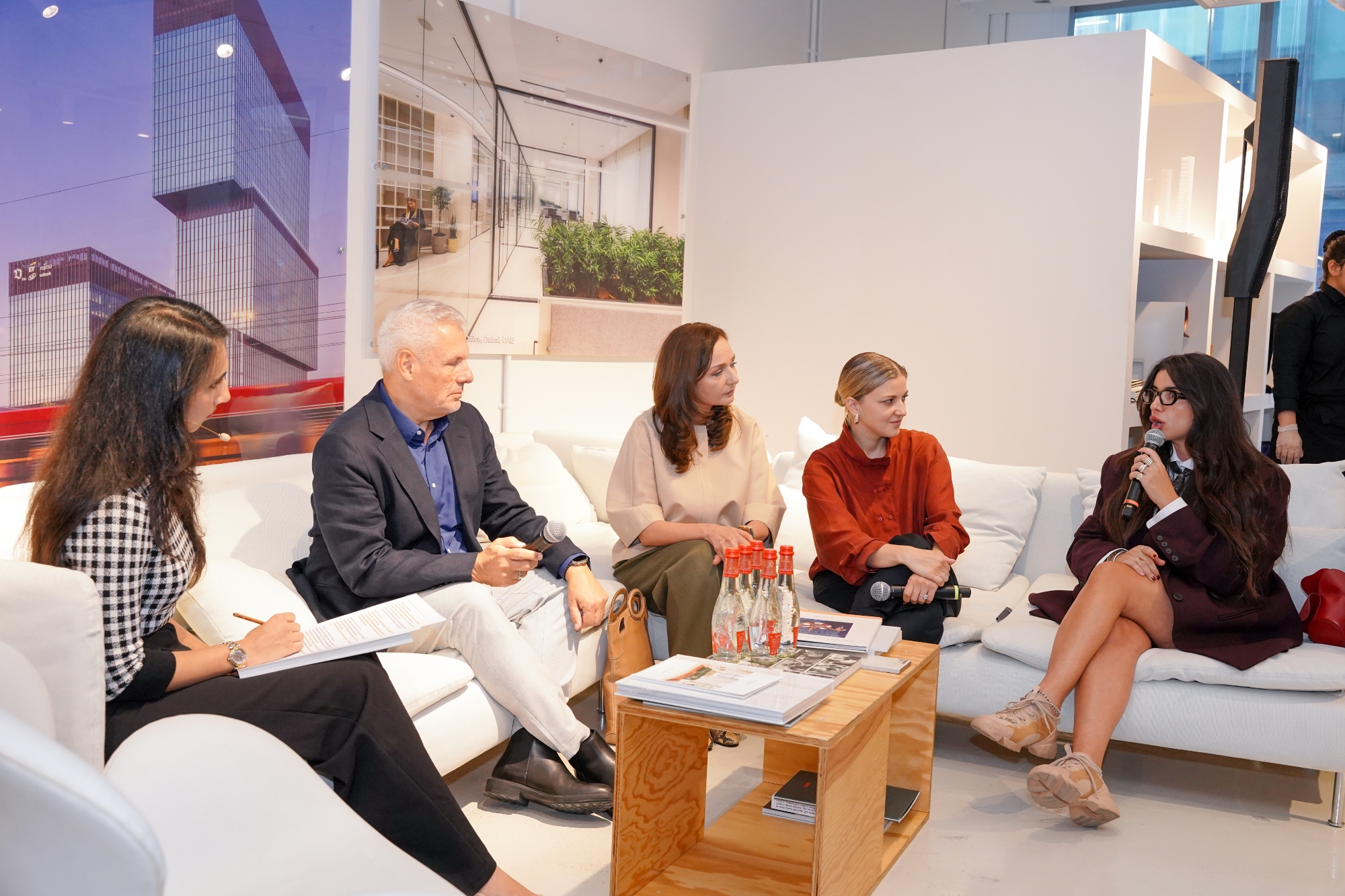
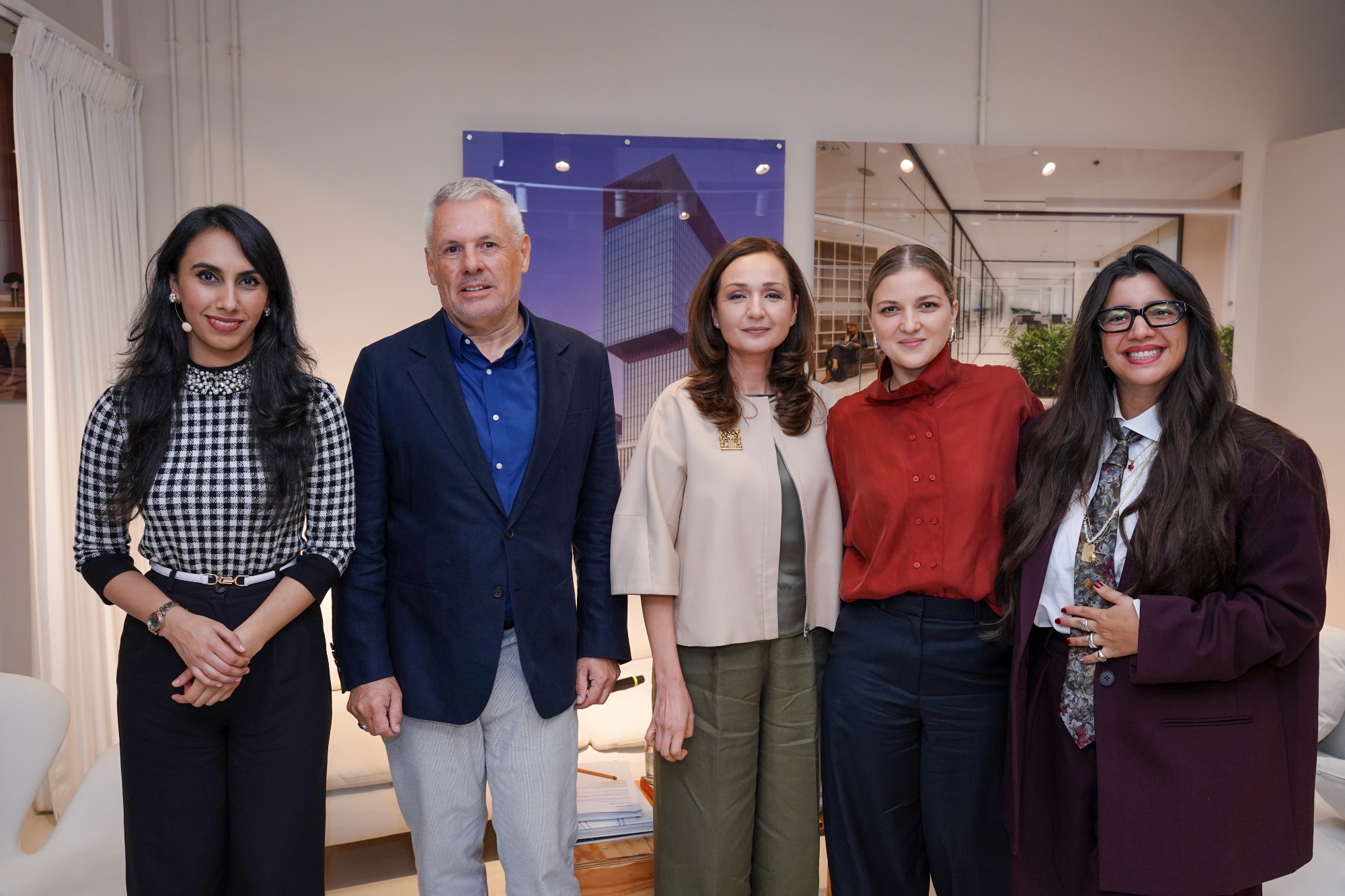
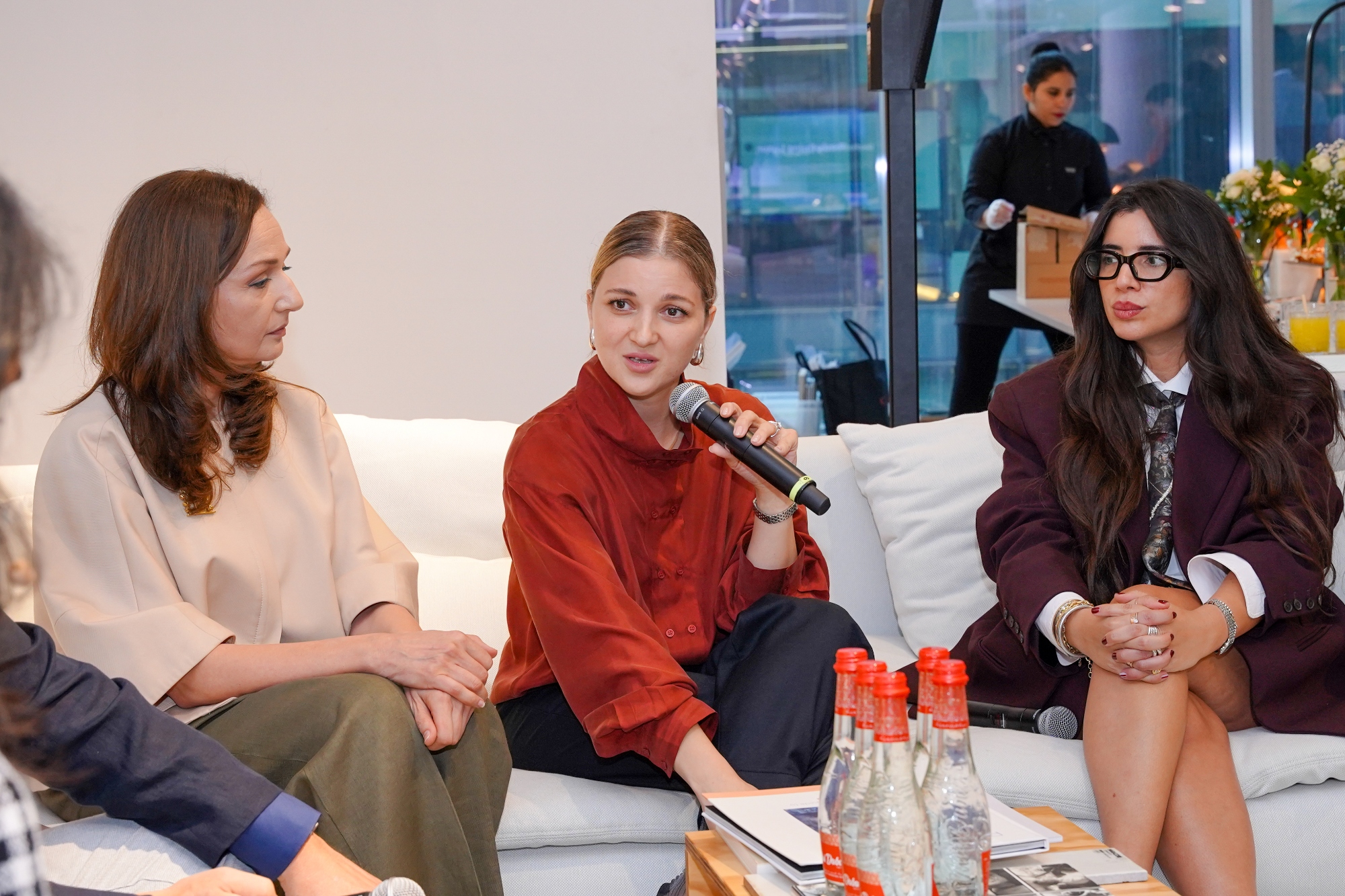
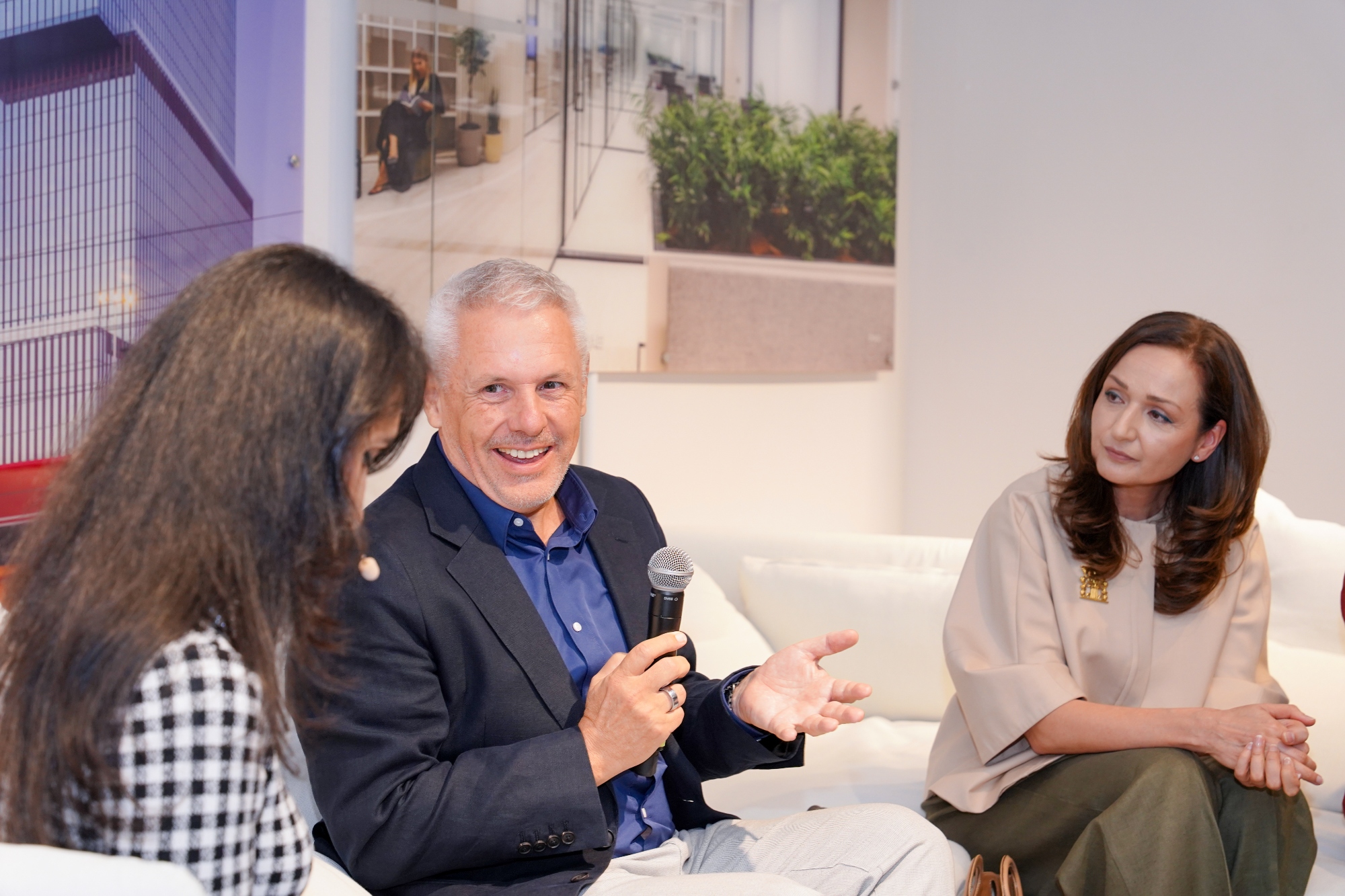
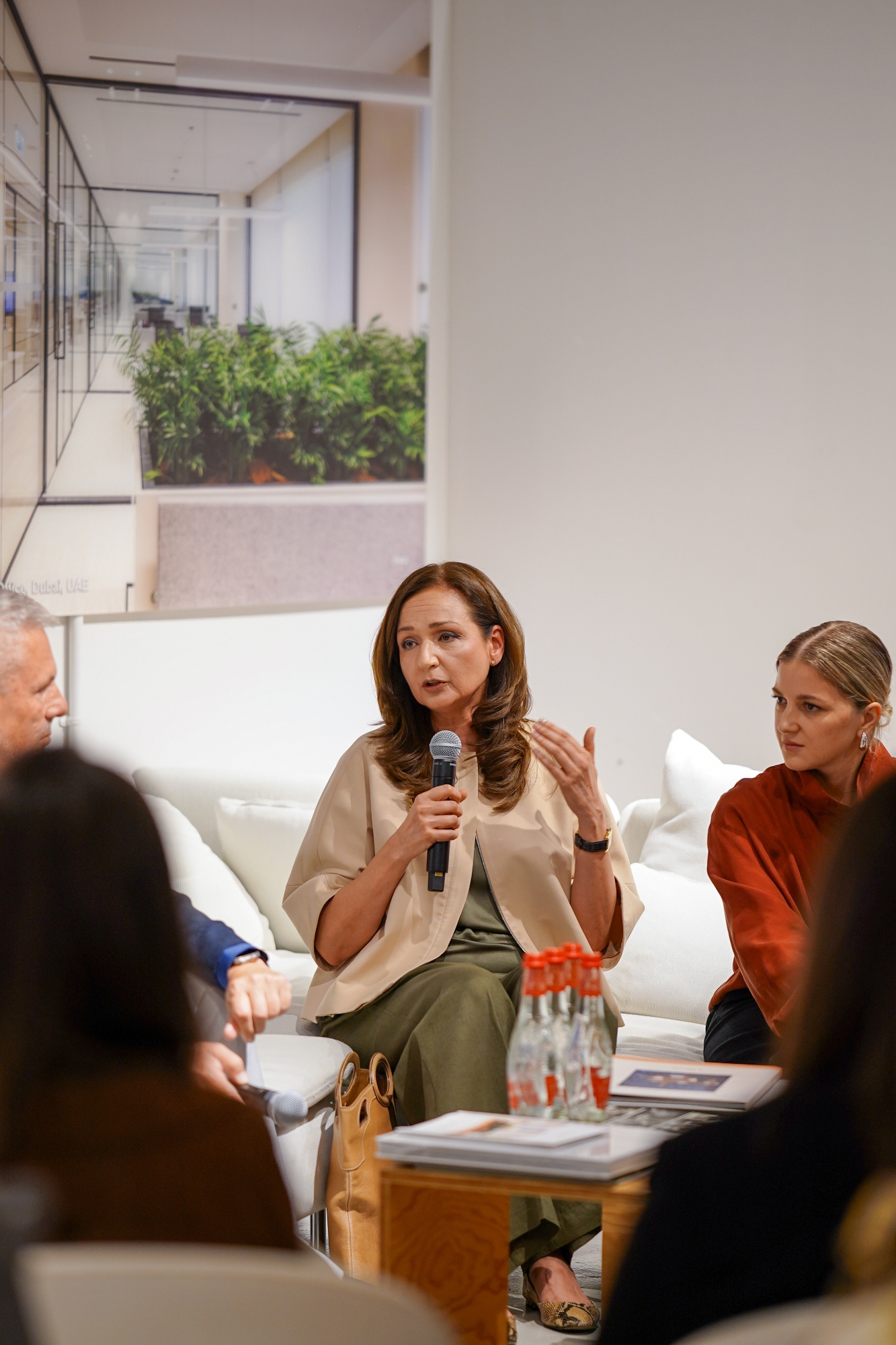

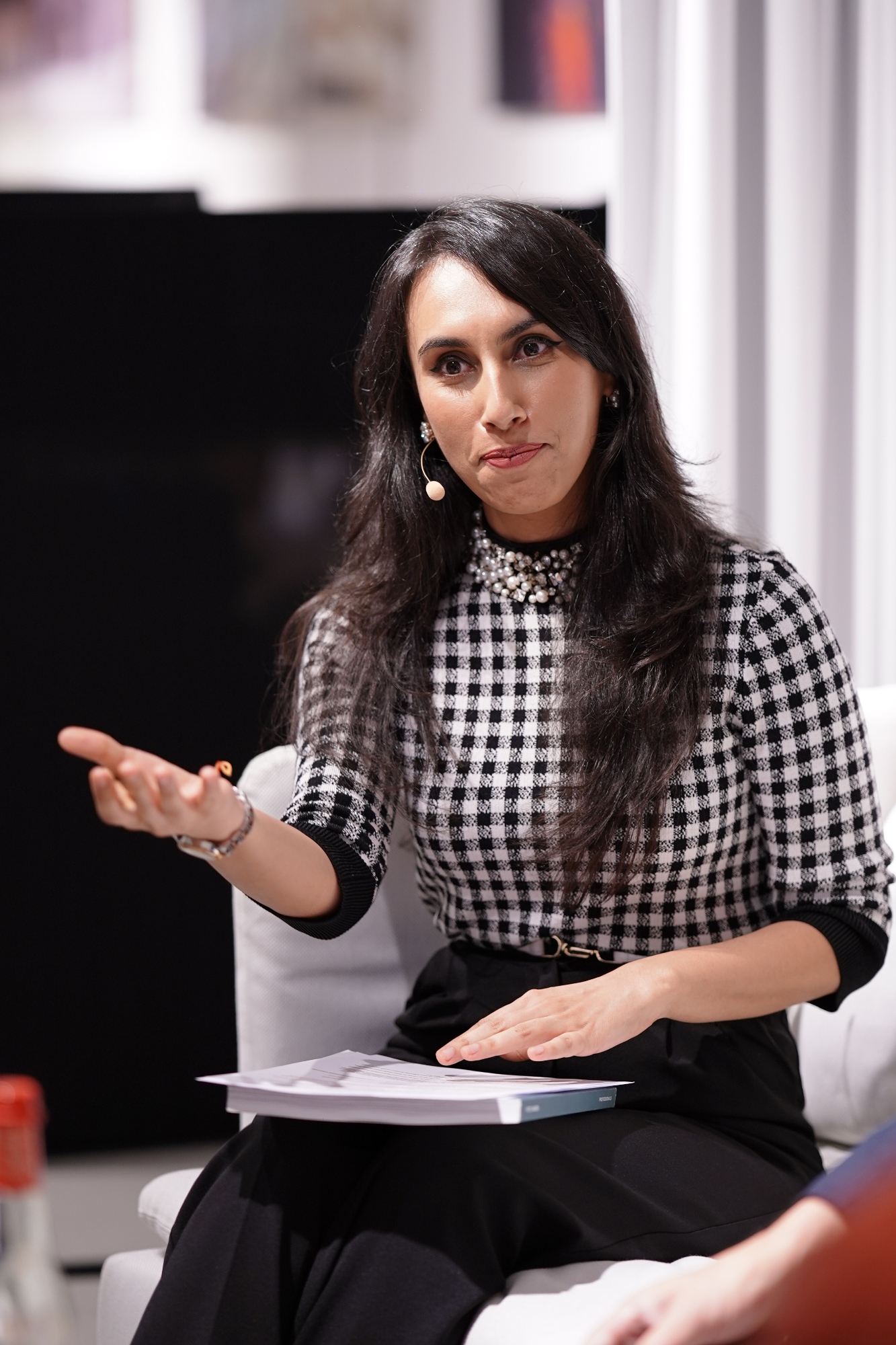

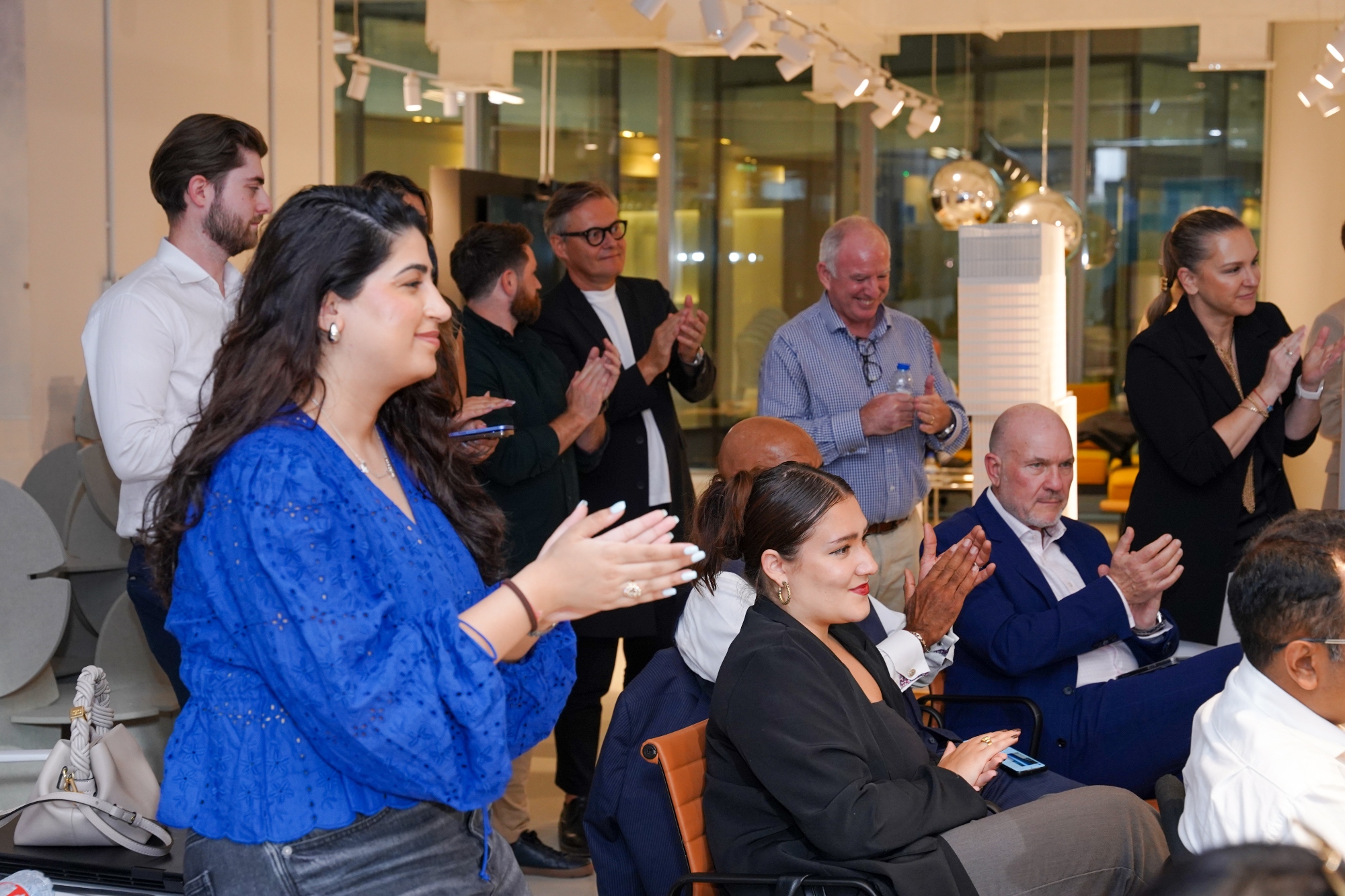
Tags: Abu dhabi, Agile workspace, Archi, Architect, Architecture, Artist, Asia, Bangkok, Bar, BIM, Blog, Boutique, Business, Civic, Construction, Content, Creativity, Culture, Design, Designer, Digital, Digital technology, Digital transformation, Digitisation, Drink, Dubai, Education, Experience, F&B, Food, Future, Health, Hicap, Ho chi minh, Hospitality, Hotel, Hotel design, Information, Innovation, Interior, Interior design, Interior designer, Interview, Knowledge, Lebua, Lifestyle, Luxury, Luxury design, Luxury interior, Marriott, Profile, Residential, Restaurant, Saigon, Sky, Studio, Success, Sustainibility, Tech, Technology, Thailand, Trends, Video, Vietnam, W hotel, Women
